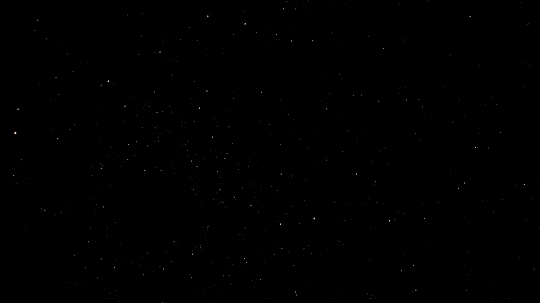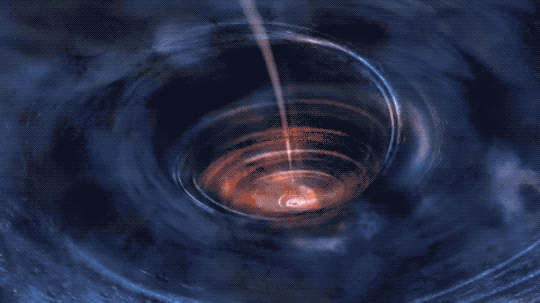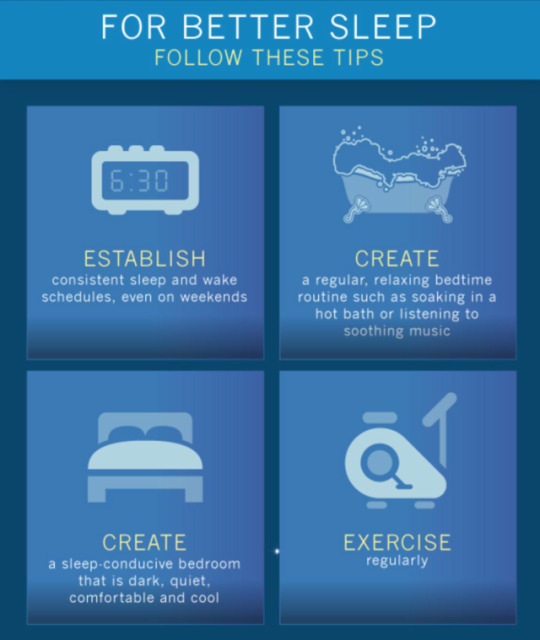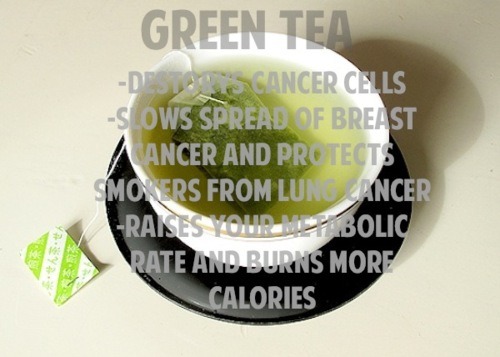Text
Remember to delete your Tumblr account
You must delete your account come around the 17th!!!
When & if you find a new place, don’t just go there and ignore Tumblr.
Then the big-wig (fuckers) can then say that your still all signed up.
To Delete Your Account
1. Go upper right and click the little man “Account”
2. Go down and click “Settings”
3. Next go down to your photo and name with star next to it
4. Click on that
5. Go all the way to the bottom of that page
6. Click “Delete account”
Just remember to delete your Tumblr account before you leave!
450 notes
·
View notes
Text
December 17th - a rescue plan
Some good news, I’ve been talking to two developers now and got them working together, we just had a meeting with the guys behind an existing large (millions of users) site similar to Tumblr, with a vibrant and open-minded community, and more importantly, it has open-minded owners who believe in free speech. They think we can get something done here to rescue the whole community.
I’m not allowed to reveal the site name yet. I can tell you it’s mainstream, open to everyone, open-minded and welcoming. (It’s not WordPress or any site owned by Facebook or Twitter. It’s not Pillowfort, that’s in closed beta. It’s not Ello, that’s mainly for artists. It’s not kinkspace or fetlife, those are too specialist. It’s not jux, that seems to be closed. It’s not Soup, that seems still in development and too small.)
One of the reasons for delaying the announcement for next few days is they don’t want a “land grab” where people take the names of current popular Tumblr users over there (cyber squatting). So they are looking at ways for existing Tumblr users to keep the same names on the new site.
More info over the days to come.
The plan is, broadly:
1. By December 9th, announcement of the new site and how to secure your username there
2. By December 10th, an online tool for bloggers to copy their existing content to the new site automatically, with the same tags and captions.
3. Bloggers will need to copy their content across between December 10th and December 17th if they want to use the automatic tool.
4. My understanding is that after December 17th there will be no public access to any “flagged” posts on Tumblr, but the original poster will still be able to see the flagged post (for a short time at least). Therefore, the original poster may still be able to manually download a post to their own PC or phone, after December 17th, and manually upload it to the other site. But if you have lots of posts that will take a long time, it will be better to use the automatic tool before December 17th.
Please understand that these dates are approximate and may change for technical or other reasons.
There may be a few rough edges or not so perfect looking site design on the transfer tool. Everyone is doing their best. The main goal here is to help as many people as possible preserve access to their content, in the short space of time Tumblr has allowed us, and preserve as much as possible of the Tumblr community spirit somewhere new.
The new site will cater for photo, GIF, text and html posts. It will not offer video and audio posts, due to cost reasons - maybe in future, but for now you will need to preserve video and audio content yourself in some other place.
If your Tumblr blog has a mixture of original content and reblogs, or all reblogs, all of that can be copied over to the new site. Reblogs will become “your” original content if nobody else posted them yet, otherwise they will be shown as reblogs. The devs are looking at ways to preserve attribution of reblogs back to the original Tumblr poster, if that person also moves to the new site.
Important: your Likes cannot be copied from Tumblr to the new site. You will have to go find the same posts again on the new site, and like them afresh.
(Similarly, existing reblog comments, asks, messages and other user interaction on Tumblr cannot be copied to the new site - that’s just too much to do, in the short time available.)
If you want to preserve any of your existing Liked posts on Tumblr, you will need to either: (1) download the post to your own PC, or: (2A) reblog it now to your own Tumblr blog, and then (2B) use the automatic tool, before December 17th, to move your whole Tumblr blog across to the new site.
If you have Liked a lot of posts here on Tumblr, the gridllr.com webapp should be able to help you do steps 1 and 2A quickly, I mean download or reblog.
(Someone complained to me today about the appearance of Gridllr on a phone. It’s best to use Gridllr on a PC, Mac or Tablet with a large screen.)
If you have liked a post here on Tumblr and the original poster decides to delete it, or even to delete their entire blog, some time before December 17th, then that post will be permanently lost. So if you want to be sure to preserve any of your Liked posts, you should best download or reblog as soon as possible. If it’s reblogged to your own blog it is safe from deletion, at least for next few days.
Obviously, you will lose access, after December 17th, to all past posts you have liked, if Tumblr has flagged them as NSFW. Again, the steps (1), or (2A) and (2B) covered above will be the only way to hold on to these posts.
173K notes
·
View notes
Text
Alternatives to Tumblr if Yahoo goes any further
Soup.io - well-known alternative to Tumblr. Reblogging, post types, themes, collab blogs, dashboard, artsy, great community already there. Soup can auto-import everything you’ve posted on Tumblr.
TypePad - Includes reblogging. Dashboard and post types similar to Tumblr.
Jux - Artful posts, beautiful blogging experience
507K notes
·
View notes
Photo


Homemade Marshmallows
Follow for recipes
Is this how you roll?
5K notes
·
View notes
Text
Black Holes are NICER Than You Think!
We’re learning more every day about black holes thanks to one of the instruments aboard the International Space Station! Our Neutron star Interior Composition Explorer (NICER) instrument is keeping an eye on some of the most mysterious cosmic phenomena.

We’re going to talk about some of the amazing new things NICER is showing us about black holes. But first, let’s talk about black holes — how do they work, and where do they come from? There are two important types of black holes we’ll talk about here: stellar and supermassive. Stellar mass black holes are three to dozens of times as massive as our Sun while supermassive black holes can be billions of times as massive!

Stellar black holes begin with a bang — literally! They are one of the possible objects left over after a large star dies in a supernova explosion. Scientists think there are as many as a billion stellar mass black holes in our Milky Way galaxy alone!
Supermassive black holes have remained rather mysterious in comparison. Data suggest that supermassive black holes could be created when multiple black holes merge and make a bigger one. Or that these black holes formed during the early stages of galaxy formation, born when massive clouds of gas collapsed billions of years ago. There is very strong evidence that a supermassive black hole lies at the center of all large galaxies, as in our Milky Way.

Imagine an object 10 times more massive than the Sun squeezed into a sphere approximately the diameter of New York City — or cramming a billion trillion people into a car! These two examples give a sense of how incredibly compact and dense black holes can be.
Because so much stuff is squished into such a relatively small volume, a black hole’s gravity is strong enough that nothing — not even light — can escape from it. But if light can’t escape a dark fate when it encounters a black hole, how can we “see” black holes?

Scientists can’t observe black holes directly, because light can’t escape to bring us information about what’s going on inside them. Instead, they detect the presence of black holes indirectly — by looking for their effects on the cosmic objects around them. We see stars orbiting something massive but invisible to our telescopes, or even disappearing entirely!
When a star approaches a black hole’s event horizon — the point of no return — it’s torn apart. A technical term for this is “spaghettification” — we’re not kidding! Cosmic objects that go through the process of spaghettification become vertically stretched and horizontally compressed into thin, long shapes like noodles.

Scientists can also look for accretion disks when searching for black holes. These disks are relatively flat sheets of gas and dust that surround a cosmic object such as a star or black hole. The material in the disk swirls around and around, until it falls into the black hole. And because of the friction created by the constant movement, the material becomes super hot and emits light, including X-rays.
At last — light! Different wavelengths of light coming from accretion disks are something we can see with our instruments. This reveals important information about black holes, even though we can’t see them directly.

So what has NICER helped us learn about black holes? One of the objects this instrument has studied during its time aboard the International Space Station is the ever-so-forgettably-named black hole GRS 1915+105, which lies nearly 36,000 light-years — or 200 million billion miles — away, in the direction of the constellation Aquila.
Scientists have found disk winds — fast streams of gas created by heat or pressure — near this black hole. Disk winds are pretty peculiar, and we still have a lot of questions about them. Where do they come from? And do they change the shape of the accretion disk?

It’s been difficult to answer these questions, but NICER is more sensitive than previous missions designed to return similar science data. Plus NICER often looks at GRS 1915+105 so it can see changes over time.
NICER’s observations of GRS 1915+105 have provided astronomers a prime example of disk wind patterns, allowing scientists to construct models that can help us better understand how accretion disks and their outflows around black holes work.

NICER has also collected data on a stellar mass black hole with another long name — MAXI J1535-571 (we can call it J1535 for short) — adding to information provided by NuSTAR, Chandra, and MAXI. Even though these are all X-ray detectors, their observations tell us something slightly different about J1535, complementing each other’s data!
This rapidly spinning black hole is part of a binary system, slurping material off its partner, a star. A thin halo of hot gas above the disk illuminates the accretion disk and causes it to glow in X-ray light, which reveals still more information about the shape, temperature, and even the chemical content of the disk. And it turns out that J1535’s disk may be warped!

Image courtesy of NRAO/AUI and Artist: John Kagaya (Hoshi No Techou)
This isn’t the first time we have seen evidence for a warped disk, but J1535’s disk can help us learn more about stellar black holes in binary systems, such as how they feed off their companions and how the accretion disks around black holes are structured.
NICER primarily studies neutron stars — it’s in the name! These are lighter-weight relatives of black holes that can be formed when stars explode. But NICER is also changing what we know about many types of X-ray sources. Thanks to NICER’s efforts, we are one step closer to a complete picture of black holes. And hey, that’s pretty nice!
Make sure to follow us on Tumblr for your regular dose of space: http://nasa.tumblr.com.
8K notes
·
View notes
Photo





How Much Sleep Do We Really Need? | @health-cnl
for more information visit: sleepfoundation.org
19K notes
·
View notes









